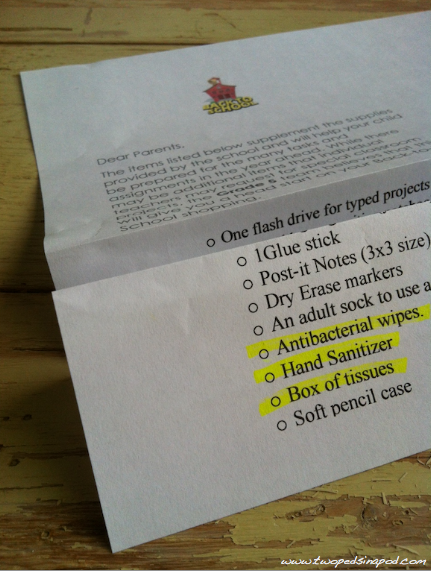Does my child have a cold or the flu?

“Now what kind of soup did the doctor recommend? Was that tomato soup? Mushroom Barley?”
Headlines remind us daily that the US is officially in the midst of flu season. We are also in the midst of a really yucky cold season. We have seen numerous kids in our offices with bad colds and others with flu.
Parents ask us every day how they can tell if their child has a cold or the flu. While no method is fool proof, here are some typical differences:
The flu, caused by influenza virus, comes on suddenly and makes you feel as if you’ve been hit by a truck.
Flu almost always causes fever of 101°F or higher and some respiratory symptoms such as runny nose, cough, or sore throat (many times, all three). Children, more often than adults, sometimes will vomit and have diarrhea along with their respiratory symptoms, but contrary to popular belief, there is no such thing as “stomach flu.” In addition to the usual respiratory symptoms, the flu causes body aches, headaches, and often the sensation of your eyes burning. The fever usually lasts 5-7 days. All symptoms come on at once; there is nothing gradual about coming down with the flu.
Colds, even really yucky ones, start out gradually.
Think back to your last cold: first your throat felt scratchy or sore, then the next day your nose got stuffy or then started running profusely, then you developed a cough. Sometimes during a cold you get a fever for a few days. Sometimes you get hoarse and lose your voice. The same gradual progression of symptoms occurs in kids. In addition, kids often feel tired because of interrupted sleep from cough or nasal congestion. This tiredness leads to extra crankiness.
Usually kids still feel well enough to play and attend school with colds.
The average length of a cold is 7-10 days although sometimes it takes two weeks or more for all coughing and nasal congestion to resolve.
Important news flash about mucus:
The mucus from a cold can be thick, thin, clear, yellow, green, or white, and can change from one to the other, all in the same cold. The color of mucus does NOT tell you if your child needs an antibiotic and will not help you differentiate between a cold and the flu. Here’s a post on sinus infections vs. a cold.
Remember: colds = gradual and annoying. Flu = sudden and miserable.
If your child has a runny nose and cough, but is drinking well, playing well, sleeping well and does not have a fever and the symptoms have been around for a few days, the illness is unlikely to “turn into the flu.”
Fortunately, a vaccine against the flu is available for all kids over 6 months old
This flu vaccine can prevent the misery of the flu. In addition, vaccines against influenza save lives by preventing flu-related complications such as pneumonia, encephalitis (brain infection), and severe dehydration. Even though we are starting to see a lot of flu, it is not too late to get the flu vaccine for your child. Please schedule a flu vaccine ASAP if your child has not yet received one for this season. Parents and caregivers should also immunize themselves. We all know how well a household functions when Mom or Dad have the flu… not very well! Sadly there have been 20 children so far this flu season who died from the flu. In past years many flu deaths were in kids who did not receive the flu vaccine, so please vaccinate your children against the flu if you have not already. Unfortunately, the vaccine isn’t effective in babies younger than 6 months, so it is important to vaccinate everyone who lives or cares for a baby this young.
Be sure to read our article on ways to prevent colds and flu. As pediatricians, we remind you to WASH HANDS, make sure your child eats healthy, gets enough sleep, and avoid crowds, when possible. As moms, we add that you might want to cook up a pot of good old-fashioned chicken soup to have on hand in case illness strikes your family.
Julie Kardos, MD and Naline Lai, MD
©2018 Two Peds in a Pod®

